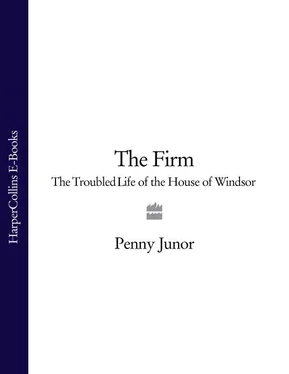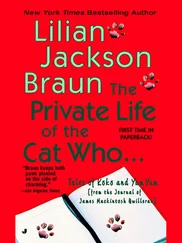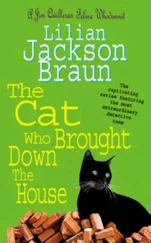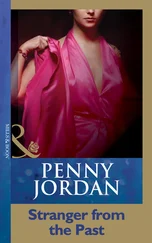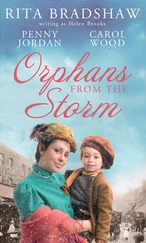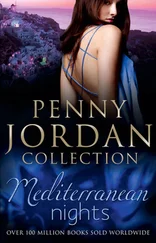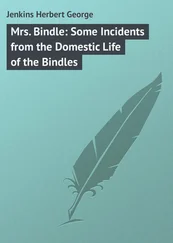And for the next five hours or more they sat together and talked about the Prince’s marriage; not yet two months old it was already a disaster. He was mystified by Diana’s behaviour, simply couldn’t fathom what was going on or what he could do to make her well and happy.
NINE
Not Waving: Drowning
It was never the case that Charles didn’t care. Couldn’t cope, yes; and as the months and then the years went by with no let-up from the unpredictability of Diana’s behaviour, he became hardened and at times downright callous in his attitude towards her. He had found her a top psychiatrist; he had done what he could to appease her. He had cut out of his life the friends she disliked or of whom she was suspicious; good, loyal friends, some of them friends since childhood – and, in typical style, he took the easy way out and did it without telling them. They were left to wonder what had happened when phone calls, letters and invitations to Highgrove and Balmoral simply stopped. He even gave away his faithful old Labrador Harvey because Diana thought he was smelly. None of this seemed to make any difference; and when she burst into tears or launched into a tantrum, nothing he could say seemed to calm her. So he gave up. When she made dramatic gestures he walked away, when she self-harmed he walked away. Not because he didn’t care but because he couldn’t help; he felt desperate, hopeless and guilty and to this day he feels a terrible sense of failure for not having been able to make his marriage work.
That is not to say that there was no happiness. There were moments of intense pleasure, the children brought huge joy and there was laughter and jokes and fun, but not enough to counter the difficulties, and as time went by the gulf between them became no longer bridgeable.
Diana had needs that Charles couldn’t begin to address. Anyone who has lived with someone suffering from an eating disorder (which was very probably in Diana’s case a symptom of a personality disorder and therefore even more complex) knows all too well what an impossible situation he was in. Anorexia and bulimia test and sometimes destroy even the most stable relationships and balanced homes. And all that we know of her behaviour – from her staff, her friends and even her family – fits every description that has ever been written about the disorders. The Prince didn’t stand a chance. And yet to outsiders Diana looked like the happiest, most equable girl you could hope to find. She seduced everyone with her charm and coquettishness, men fell like ninepins, she was playful and funny and oh so beautiful, so young, so glamorous. Just what the Royal Family needed to invigorate it and make it seem relevant to swathes of young people who didn’t see the point of it. She captured the hearts and minds of the nation. No wonder no one wanted to believe that behind closed doors Diana was deceitful, demanding and manipulative, and that the laughter was replaced by tears and tantrums. Much easier to believe that it was all a story put about by the Prince’s friends to discredit Diana. And when Diana accused him of doing as much herself, because the woman he really loved was Camilla Parker Bowles, there was nothing more to be said. Nothing would convince the majority of the British people that Charles was anything other than a villain who used Diana as a brood mare to produce the heir and spare he needed; that their marriage was a sham from the start and the woman he really loved, and continued to bed throughout, was Camilla.
Camilla Parker Bowles has seen a turnaround in her fortunes since Diana died. Having been arch-villain and probably the most hated woman in Britain for a good chunk of the 1990s, people now rather admire her. They have bought into a touching love story. Charles was a bastard for what he did to Diana, so the script goes, but this is a woman he has loved since he was twenty-three. They missed their opportunity to marry then, but the flame still burned bright and now, in middle age, they have finally found happiness together. It doesn’t alter their view of what Charles did to Diana, but Diana has now been dead for nearly eight years, Camilla has behaved with dignity and discretion throughout, he has been true to her (if not to Diana), he’s a pretty decent chap in every other respect: they deserve some happiness.
It’s neat but it’s not the truth, and it is important to state this if only for the sake of William and Harry, who must infer from this version of events that the father they love used, abused and destroyed the mother they also loved. He did not and the impression of their marriage that Diana left on the world, via Andrew Morton and Panorama , and repeatedly rehearsed in documentaries, is grievously unfair.
The Prince of Wales has plenty of shortcomings but he is not a liar; his great misfortune is that he has never been able to be even faintly economical with the truth. There are so many occasions when the smallest, whitest lie would have saved him a great deal of trouble – starting with that fateful answer on the day of his engagement to Diana about whether he was in love. It has come back to haunt him regularly, as for many years did his admission that he talked to plants. And when I interviewed him in 1986 and asked him whether having a wife to talk to who had done ordinary, everyday things before her marriage was an advantage in helping him know how the other half lives, he said he didn’t really talk to Diana about that sort of thing, but conversations with Laurens van der Post were very stimulating from that point of view. His Private Secretary, Sir John Riddell, almost visibly clutched his head in his hands. But the most disastrous example was during his television interview with Jonathan Dimbleby when he was asked about his infidelity. The question didn’t come out of the blue, and his reply was very well thought out.
‘Were you,’ asked Dimbleby, ‘… did you try to be faithful and honourable to your wife when you took the vow of marriage?’
‘Yes,’ said the Prince, and after a brief and rather anguished pause said, ‘until it became irretrievably broken down, us both having tried.’
On that occasion his Private Secretary, Richard Aylard, had reinforced the Prince’s determination to tell the truth, and it was the rest of the world that held their heads in their hands and gasped with incredulity. The Duke of Edinburgh was incensed, the rest of the family flabbergasted, the Queen’s advisers and courtiers stunned, the Prince’s friends appalled, and the blame fell squarely on Richard Aylard for having allowed Charles to make what many regarded as the worst mistake of his life. At the time many people thought it might cost him the throne.
‘It wasn’t being honest to Jonathan that was the problem,’ protested Aylard in his defence. ‘If you want to start placing blame, the fault was getting into the relationship in the first place.’
There is no doubt that Camilla has been an important figure in the Prince’s life since he first fell in love with her at the age of twenty-three. They are the greatest of friends, they have all sorts of interests and enthusiasms in common and they love one another very dearly; it is clearly a warm, comfortable relationship and hugely beneficial to them both, but it hasn’t been an exclusive, obsessive relationship since Charles was twenty-three. He has fallen in and out of love many times since then – probably never more deeply than with Camilla – but he has fallen in love none the less. She was certainly one of the women he was seeing when he started going out with Diana but it was never going anywhere. Camilla was married; even if she had been divorced he could never have married her, not in 1981; a divorcee with two children becoming Princess of Wales? It was unthinkable. Besides, what woman in her right mind would want to?
Читать дальше
